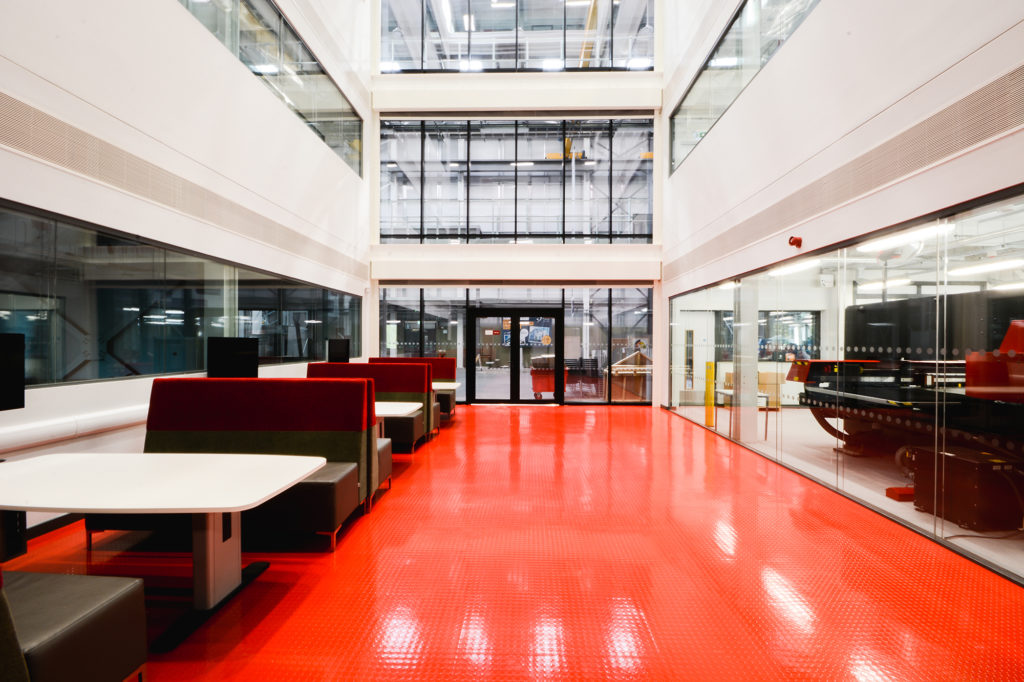
Blog Author: Richard Saxon CBE, JCT Chairman
The collapse of Carillion is probably another nail in the coffin of the current UK model of main contracting where virtually all the trade work is subcontracted. Over fifty years in the industry, I have seen the change from traditional contractors with their main trades in-house to the current, insustainable pattern. The vertically integrated contractor was brought down by recurrent business cycles which punish employers. Once the idea spread that trade specialists could be hired in just when needed, taking them off the contractor’s books, that approach spread fast. Tier Two firms could be left with the work of recruiting and training people, innovating in their specialism and managing the risk handed down to them. They could also provide working capital to the main contractor by accepting slow payment for their work. Most of the business cycle impact became ‘subcontracted out’. In practice, with Tier Two firms bidding at low margins to win work from the Tier One contractor, the scope for innovation and proper training was driven out. One of the stubborn failures of the industry since this
pattern became the norm has been the lack of any productivity growth. Scratch teams, built up per
project, learn nothing from experience and waste considerable resources in the procurement process. The critique of the method reads:
- Highest cost, lowest margin
- No learning or productivity gain
- Few resources for R&D or training
- No security of payment, therefore no trust
- High risk of business failure
- Weak collaboration for all these reasons
- Short-term mindset with poor end-customer focus
Twenty years ago, Sir John Egan’s report ‘Rethinking Construction’ rejected the whole concept of setting up project teams by tendering on price. The result, he said, was the highest construction costs in Europe. Manufacturers had long abandoned such methods of team formation, picking their suppliers on quality grounds and working together long-term. Instead of designing then seeking prices, manufacturers identified the performance they sought and the cost they could bear, then asked their suppliers to work with them to achieve both. This works far better, and manufacturing productivity growth is over 3% per year, with handsome margins for all.
We are now looking again at the manufacturing model, but as a way of making buildings offsite. We surely have to follow the manufacturing norm of building the team for the long term and designing with the team in place. Where projects are sophisticated one-offs, like airports or laboratories, the approach could be through construction management, where an integrator brings together the team, then steers it to achieve the desired result, but with suppliers in alliances or direct contracts to the customer.
Where projects are of a simpler, more repetitive type, like housing, the team could become a virtual firm, improving from job to job and developing a branded product, as Egan suggested. The pilot Integrated Project Insurance example, for Dudley College, demonstrates how a one-off team can increase its performance whilst using insurance to cover both its and the client’s key risks.
With a long-termist mindset, innovation can be encouraged and rewarded with shares of added value for both customer and supply team. Training can be fundable to handle new methods and retain key staff. Risk can be driven down by better methods, including digital technologies which can greatly reduce changes, error, delay and quality problems. Insurance then becomes a feasible backstop.
The UK culture of risk avoidance by dumping it down the ad-hoc supply chain has manifestly failed. Risk sharing, and management is now more possible than ever. Clients must not be advised to be risk averse; that paradoxically increases the risk of project failure. Supply team leaders need to build stable, trusted supply chains, like manufacturers, and continuously improve performance and reward.

Dudley College Advance 2 building

Dudley College Advance 2 building
